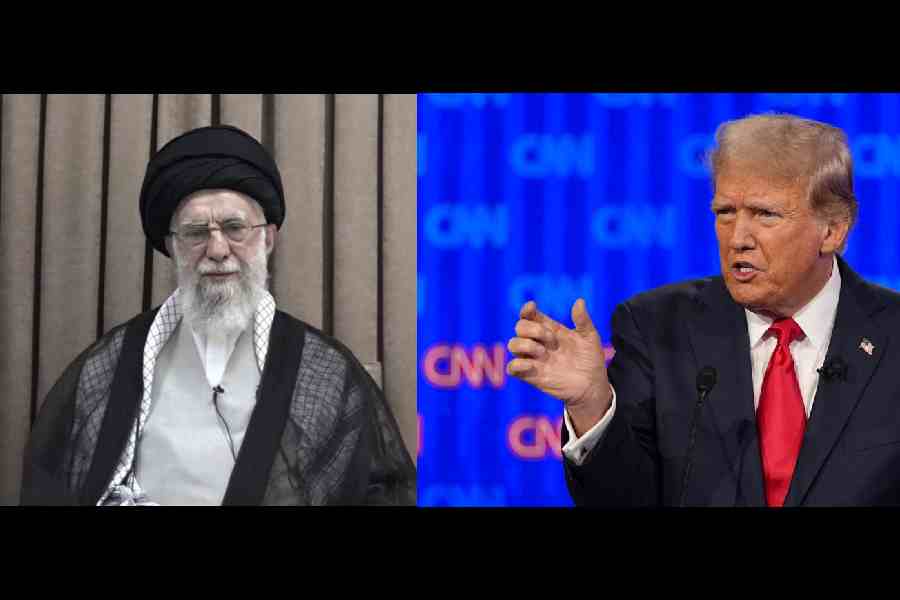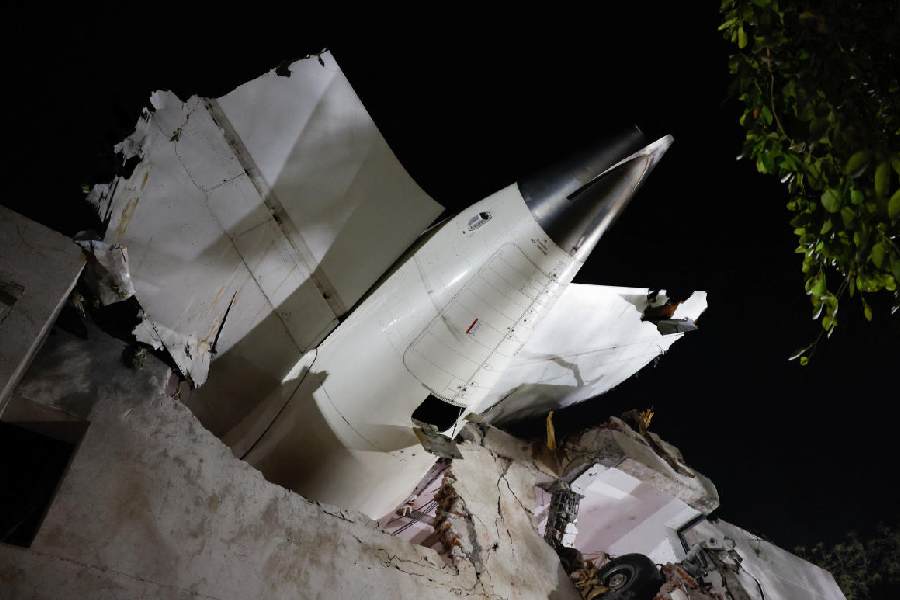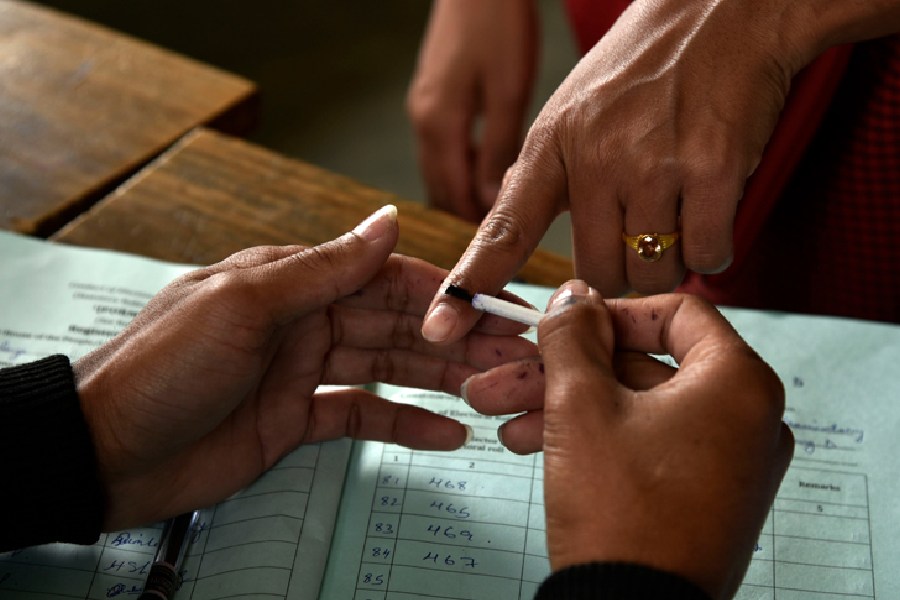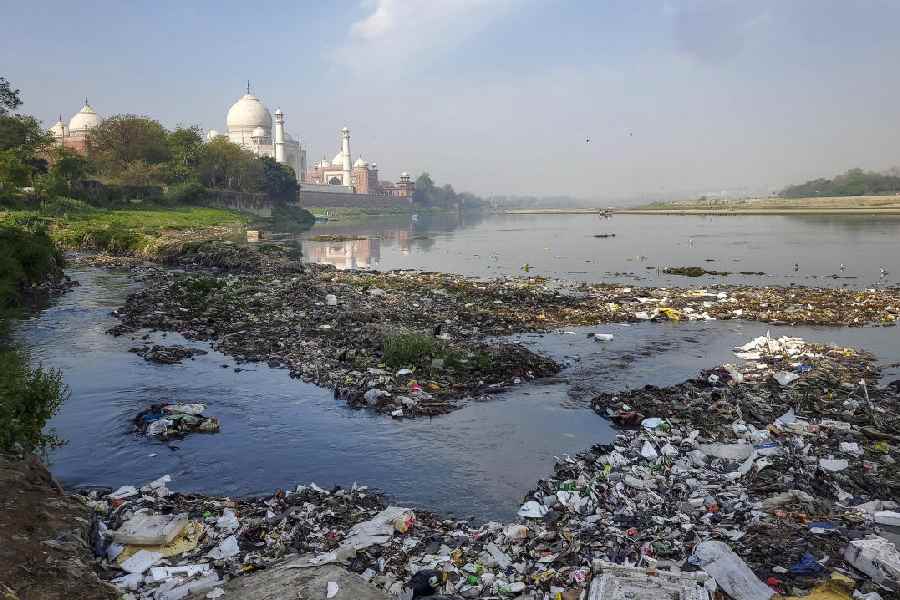 |
| Tibetan nuns protest in front of the Chinese embassy in Kathmandu. (AP) |
Sao Paulo, April 14: The 2am summons from the Chinese to Indian ambassador Nirupama Rao at the height of violence in Lhasa was to share intelligence that Tibetans were threatening security and law and order in India.
It was not a “snub” over India’s Tibet policy as popularly believed in India.
Beijing followed up the summons to Rao with a phone call from China’s vice-foreign minister, Dan Bingguo, on security issues to national security adviser M.K. Narayanan a few days later.
Two days after the conversation between Dan and Narayanan, Wu Heping, a spokesman for China’s Public Security Bureau, said in Beijing that “to our knowledge, the next plan of the Tibetan independence forces is to organise suicide squads to launch violent attacks”.
Wu did not identify the possible locations of suicide attacks according to Chinese intelligence, but it is simply not China’s style to make alarmist public declarations on such matters.
The sharing of intelligence between China and India — for the first time since the early 1990s — prompted a rethink in New Delhi over its attitude towards recent developments in Tibet.
The rethink put a stop to the tilt within the government towards the western line of pushing China’s back towards the wall on Tibet.
In the days that followed, India returned — in practice — to its traditional Tibet policy that was clearly articulated last time during then Prime Minister Atal Bihari Vajpayee’s visit to Beijing in June 2003.
As a result, a meeting between Vice-President Hamid Ansari and the Dalai Lama was cancelled, and external affairs minister Pranab Mukherjee issued his first warning during the current crisis to the Dalai Lama not to engage in “any action that can adversely affect relations between India and China”.
Mukherjee’s warning represented a shift from his soft line on the Dalai Lama at a joint news conference with US secretary of state Condoleezza Rice in Washington on March 24, when he refused to answer a pointed query about the Tibetan spiritual leader’s activities in India.
This week, India’s security establishment and the political leadership heaved a collective sigh of relief when the Dalai Lama left for a 13-day trip to the US.
The Tibet crisis has become an albatross not only for the government but also for the main opposition group, the NDA.
The BJP is in a dilemma on the issue because Gujarat chief minister Narendra Modi has single-mindedly and successfully pursued economic ties between his state and China that extends on a tripartite plane to Southeast Asia.
Besides, Vajpayee and his former national security adviser Brajesh Mishra have been the driving forces behind a wide-ranging China initiative when the NDA was in power.
At the same time, L.K. Advani and Jaswant Singh have been compelled by realpolitik to take a hawkish line on the UPA’s policy on the latest developments in Tibet.
It has not helped the NDA that former defence minister George Fernandes last week called for a boycott of Chinese goods.
China’s ambassador in New Delhi, Zhang Yan, has cleverly played into these contradictions by calling on BJP president Rajnath Singh.
The last time Beijing played such a proactive role on an issue of Indian security interest was in the early 1990s when the present foreign secretary, Shiv Shankar Menon, was South Block’s point man for China.
At that time, the Americans were suspected of trying to force a Kashmir solution on India and China’s then ambassador in New Delhi, Cheng Ruisheng, told Menon that China had wanted a say in any final settlement of Kashmir because of Indian territory gifted by Pakistan to China.
Cheng’s assertion was seen by then Prime Minister P.V. Narasimha Rao as strengthening India’s hand against Washington’s machinations.










